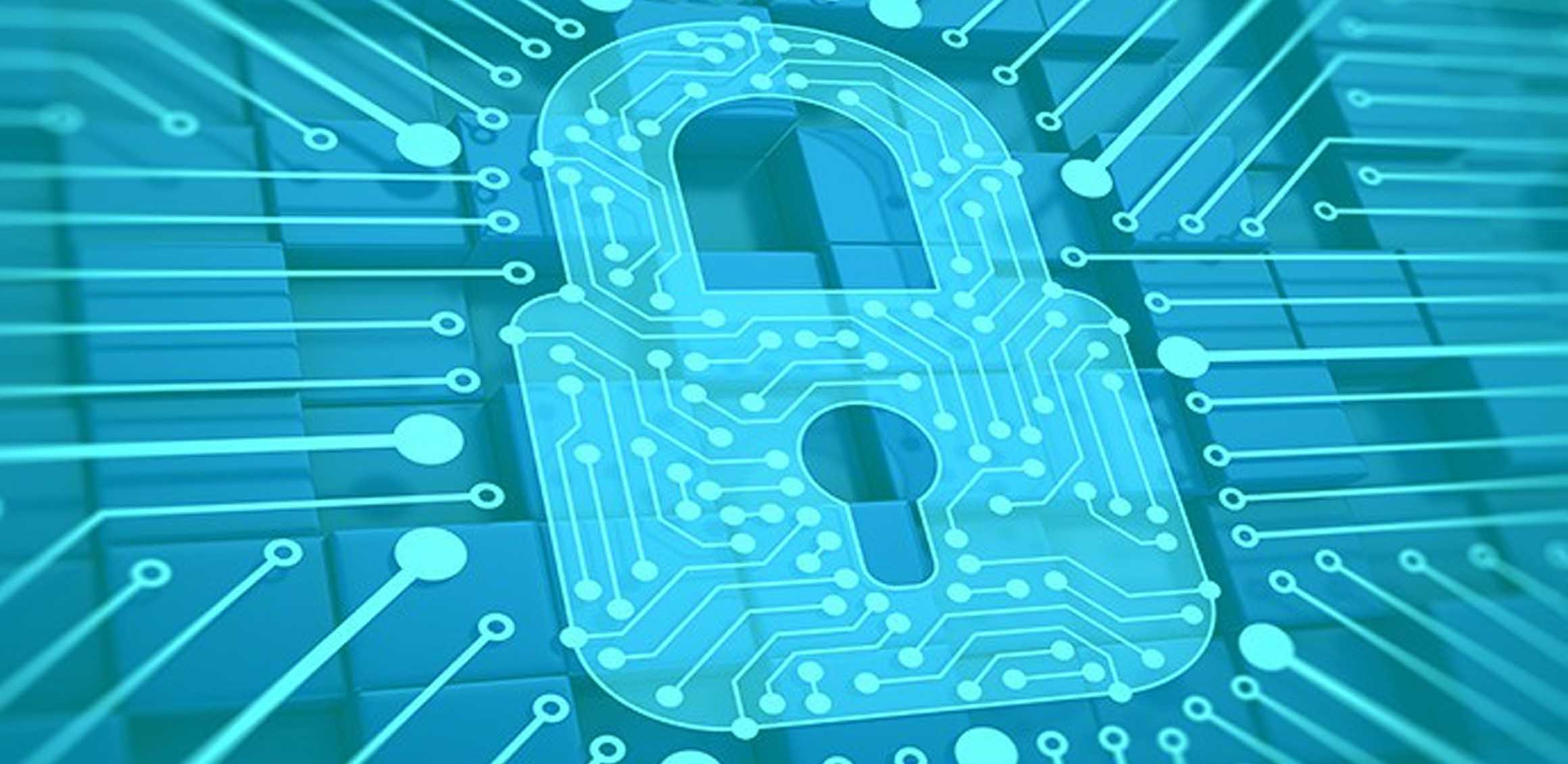Overview
A Security Information and Event Management (SIEM) solution is a comprehensive cybersecurity technology that combines security information management (SIM) and security event management (SEM) into a single platform. SIEM systems are designed to provide organizations with a centralized means of collecting, analyzing, and correlating security data from various sources to identify and respond to security incidents effectively. Here's an overview of SIEM solutions:
Key Components of SIEM Solutions:
Data Collection: SIEM solutions aggregate security data from a wide range of sources, including network devices, servers, endpoints, applications, and cloud services. This data can include logs, events, alerts, and other security-related information.
Normalization and Parsing: The collected data is normalized and parsed to ensure that it can be consistently analyzed and correlated. This process standardizes data formats and structures.
Correlation Engine: SIEM systems employ a correlation engine to analyze and correlate data in real-time. By identifying patterns and relationships between different events, the correlation engine can detect potential security threats and incidents.
Alerting and Notification: SIEM solutions can generate alerts and notifications when suspicious or anomalous activity is detected. These alerts are typically categorized by severity and can trigger immediate actions or responses.
Dashboards and Reporting: SIEM platforms offer dashboards and reporting tools that provide security analysts and administrators with insights into the organization's security posture. Customizable dashboards display key security metrics and visualizations.
Event Storage and Retention: SIEM systems store security event data for historical analysis and compliance purposes. The storage may use a combination of databases, logs, and data lakes.
User and Entity Behavior Analytics (UEBA): Some SIEM solutions incorporate UEBA capabilities, which analyze user and entity behavior to detect insider threats and unusual activity.
Integration and Data Enrichment: SIEM platforms can integrate with other security tools and services to enrich security data with contextual information. This integration enhances the accuracy of threat detection and response.
Benefits
Comprehensive Threat Detection: SIEM solutions provide advanced threat detection capabilities by collecting and correlating security data from multiple sources. This enables organizations to identify a wide range of security threats, including known and unknown threats, insider threats, and targeted attacks.
Real-Time Monitoring: SIEM platforms offer real-time monitoring of security events and incidents, allowing security teams to respond quickly to emerging threats and vulnerabilities. This reduces the time it takes to detect and mitigate security incidents.
Alerting and Notification: SIEM systems generate alerts and notifications when suspicious or unauthorized activities are detected. These alerts can be categorized by severity and sent to security analysts for immediate action, ensuring that security incidents are addressed promptly.
Incident Response Automation: SIEM solutions can automate incident response workflows, enabling organizations to respond to security incidents more efficiently. Automated responses can include isolating affected systems, blocking malicious activities, and triggering predefined actions.
Improved Visibility: SIEM platforms offer centralized visibility into an organization's entire IT environment. This holistic view allows security teams to monitor the entire network, endpoints, applications, and cloud resources from a single console.
Threat Intelligence Integration: SIEM solutions can integrate with threat intelligence feeds, providing organizations with up-to-date information on emerging threats and known attack patterns. This integration enhances threat detection and response capabilities.
Forensic Analysis: SIEM systems store historical security data, enabling organizations to conduct detailed forensic analysis after a security incident occurs. This helps identify the root causes of incidents and aids in improving future security measures.
Compliance Management: SIEM solutions assist organizations in meeting regulatory compliance requirements by providing reporting and auditing capabilities. They help organizations demonstrate adherence to security standards and regulations, such as GDPR, HIPAA, and PCI DSS.


